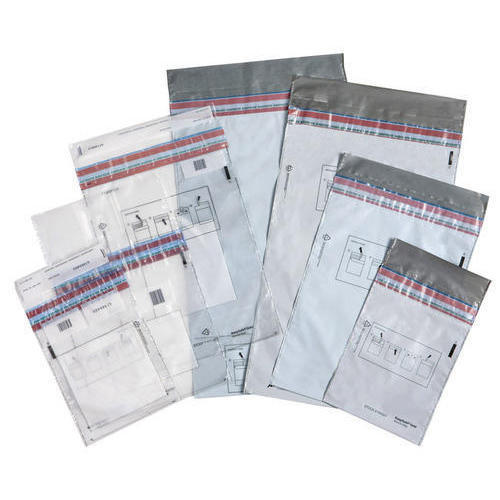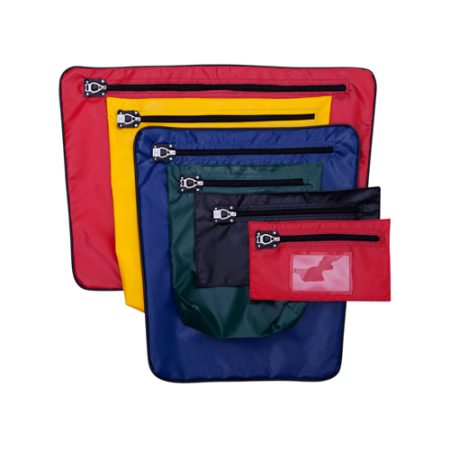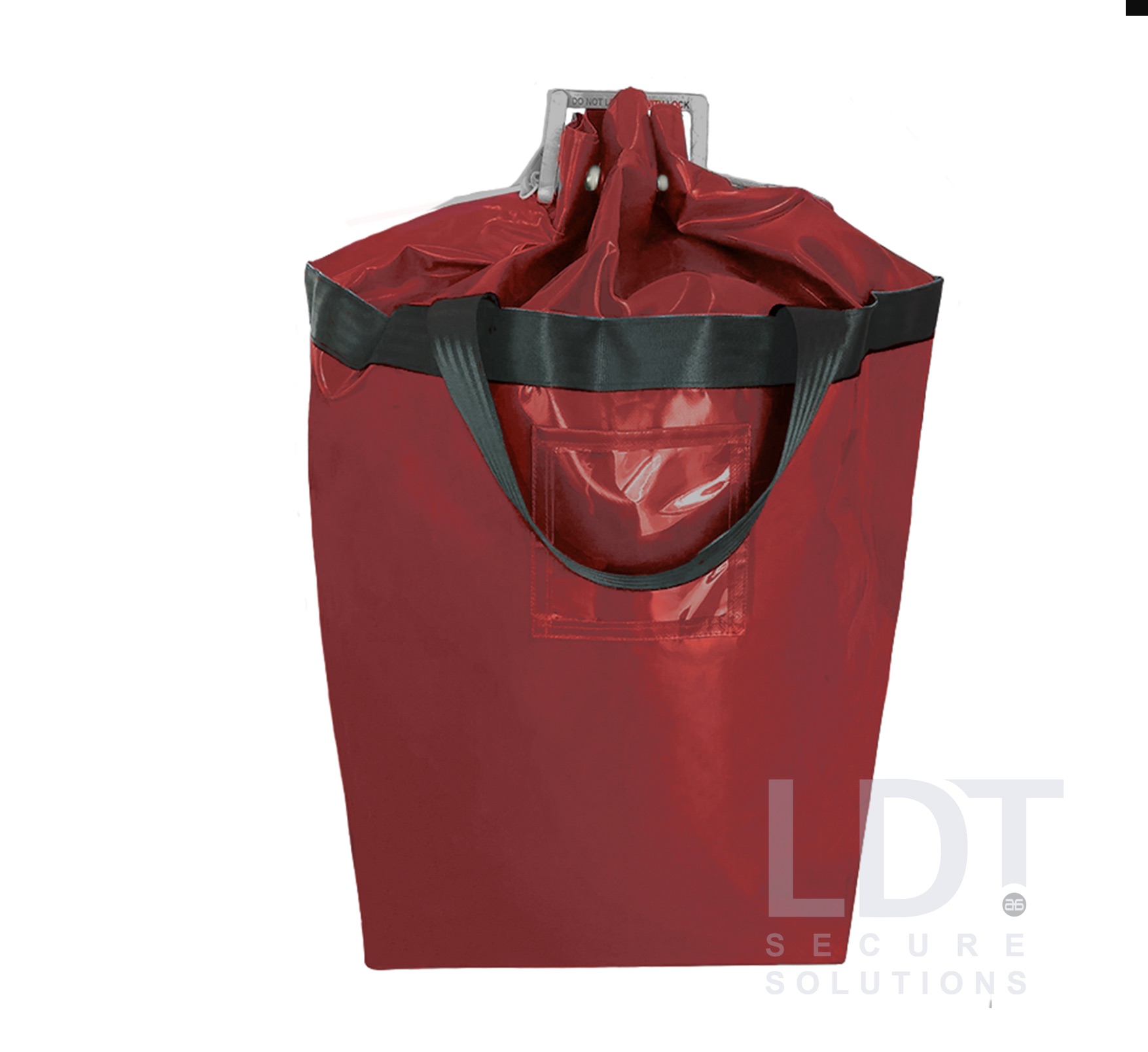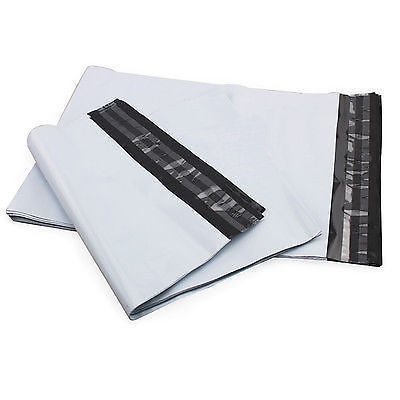What Does Docker Do, and When Should You Use It?
You should test under normal and peak conditions before settling
on an approach. Configs are located in / in the container if no target is specified. If no
target is specified, the name of the config is used as the name of the file in
the container. By using this form you agree that your personal data would be processed in accordance with our Privacy Policy.
- Using Docker, you can quickly deploy and scale applications into any environment and know your code will run.
- You can integrate, test, and deploy new code lines within these environments without impacting the live production environment.
- If you need to make changes to an application, you need to modify the Dockerfile and create a new image.
Docker is installed on each server and provides simple commands you can use to build, start, or stop containers. Before containerization tools, developers had to build their applications on local machines or virtual machines (VMs). They would then manually deploy them to a server environment to test and run.
Services, tasks, and containers
Docker containers start up quickly, enabling seamless deployment of applications on demand. This responsiveness allows applications to scale up or down based on fluctuating traffic or increased workloads. The benefits of using Docker for software development and deployment include scalability, consistency, portability, isolation, and resource efficiency. These advantages impact teams across the company, including developers, operations, and quality assurance.
Vulnerabilities can involve access and authorization, container images and network traffic among containers. Docker images may retain root access to the host by default, although this is often carried over from third-party vendors’ packages. While Docker provides an environment for running containers, Kubernetes orchestrates and manages clusters of Docker containers, ensuring they run optimally.
Docker advantages and disadvantages
It also instructs Docker to execute the bash command whenever the container is started. The first command which we will be looking at is the docker create command. The Enterprise Edition, on the other hand, is suitable for large teams and for using Docker in production environments. Docker Engine is a client-server based application and consists of 3 main components.
If you need to scale, you can move one of those containers to a new server, or deploy it across a cluster of servers. Containers package all the dependencies and code your app needs to run into a single file, which will run the same way on any machine. To deploy an application image when Docker Engine is in Swarm mode, you create a
service. Frequently a service is the image for a microservice within the
context of some larger application.
Are There Any Containerization Alternatives to Docker?
Docker Desktop is a native application that delivers all of the Docker tools to your Mac or Windows Computer. Compass is an extensible developer experience platform that brings disconnected information about engineering output and team collaboration together in a central, searchable location. Managing the complexity of distributed architecture as it scales is crucial for ensuring reliable application performance. Bug elimination and code testing would be tedious and time-consuming without this consistency. Software delivery would become unreliable due to the number of inconsistencies.
Furthermore, Jenkins excels in creating custom pipelines, providing a comprehensive range of plugins and tools for Docker-based projects. Be aware that the default (“local”) volume is a locally scoped volume driver. This means that depending on where a task is deployed, either that task gets a
new volume named “my-volume”, or shares the same “my-volume” with other tasks
of the same service. Also take
into account that containers can be re-scheduled by the Swarm orchestrator and
be deployed on a different node. Docker is an open source software platform used to create, deploy and manage virtualized application containers on a common operating system (OS), with an ecosystem of allied tools. At that time, Docker Inc. was formed to support a commercial edition of container management software and be the principal sponsor of an open source version.
Docker 101 Tutorial
Docker isn’t the only container platform available, but it’s still the biggest name in the container marketplace. CoreOS rkt is noted for its security with support for SELinux and trusted platform management. Red Hat, now owned by IBM, purchased CoreOS and integrated its functionality into its OpenShift architecture. why do we need docker However, rkt is now an archived project at the Cloud Native Computing Foundation. Docker Community Edition is open source, while Docker Enterprise Edition is a commercialized version offered by Docker Inc. Docker consists of various components and tools that help create, verify and manage containers.
If you need to make changes to an application, you need to modify the Dockerfile and create a new image. This immutability ensures consistency and reproducibility in application deployment. Containers are designed to isolate applications and their dependencies, ensuring that they can run consistently across different environments. Whether the application is running from your computer or in the cloud, the application behaviour remains the same. A container is a lightweight, standalone, and executable software package that includes everything needed to run a piece of software, including the code, runtime, system tools, and libraries.
Whereas in this example, Docker will restart the container named elated_franklin. Whereas in this example, Docker starts the container named elated_franklin. Before we proceed further, let’s try to decode and understand the output of the docker ps command. The options -t and -i instruct Docker to allocate a terminal to the container so that the user can interact with the container.
Mount path inside the container, for example /some/path/in/container/. If the path does not exist in the container’s filesystem, the Engine creates
a directory at the specified location before mounting the volume or bind mount. This tool significantly eases the management of interconnected containers. Additionally, Docker Swarm, an orchestration tool within the Docker ecosystem, strengthens DevOps practices by automating the deployment and scaling of applications.
What is Docker? A guide to containerization
Often, an image is based on another image, with some additional
customization. When you use Docker, you are creating and using images, containers, networks,
volumes, plugins, and other objects. Even
though the command returns immediately, actual scaling of the service may take
some time. The REPLICAS column shows both the actual and desired number
of replica tasks for the service. Using Docker in Linux systems has proven to streamline development environments and facilitate complex CI/CD pipelines.












